A wide variety of fish and wildlife species inhabit the Walker Basin and can be found within the different habitat types present in the basin. Given the region’s varied topography and changes in elevation, this region exhibits distinct, differentiated vegetation communities extending from the east slope of the Sierra Nevada to the Great Basin Desert.
These habitats include upland shrub communities that may be dominated by big sagebrush and rabbitbrush or saltbush and shadscale; riparian along the river at various successional stages; wet and alkali meadows; and agricultural lands. Such habitat diversity inherently yields fish and wildlife diversity, offering vast areas of natural, as well as agricultural, landscapes to fish and wildlife of many species.
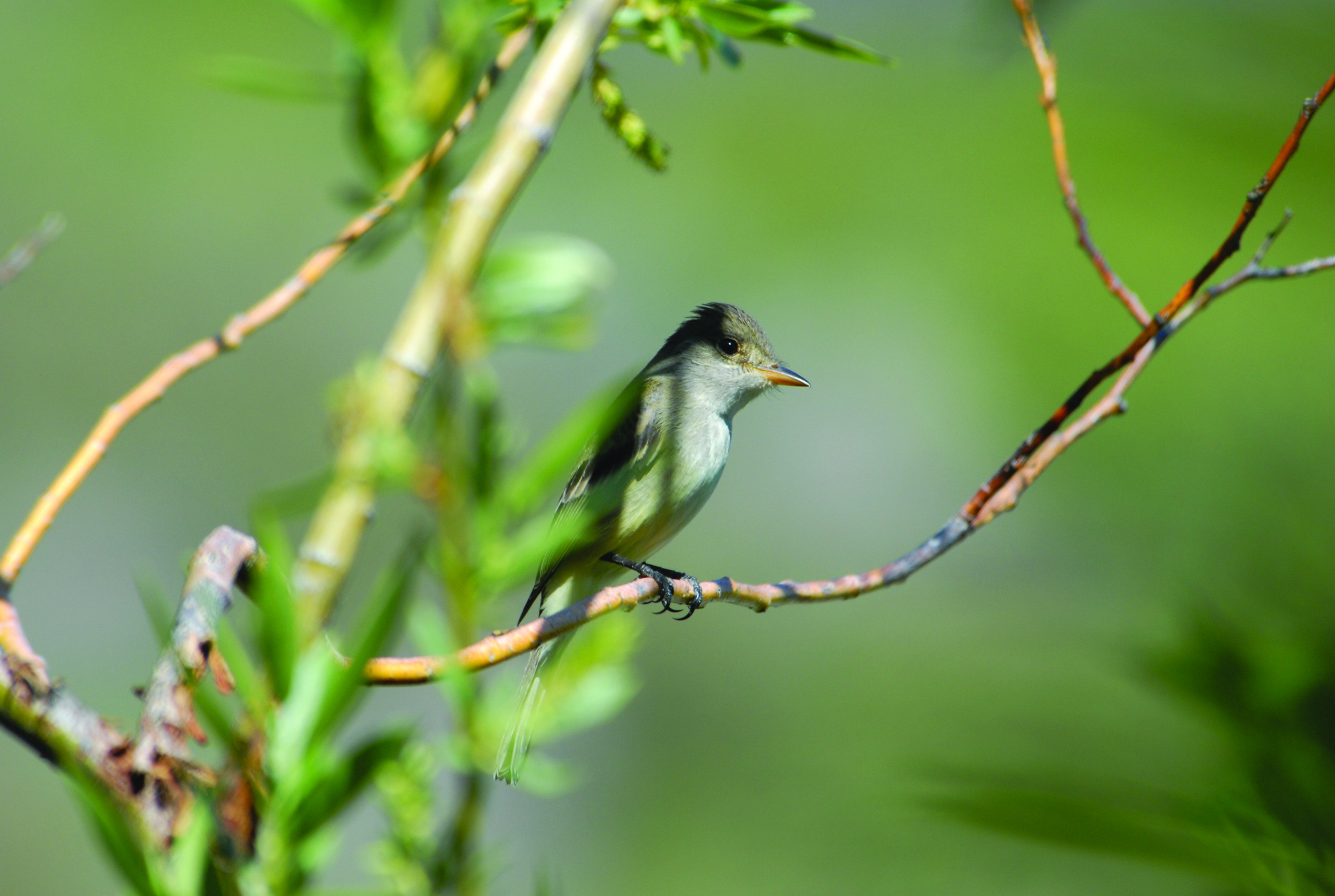
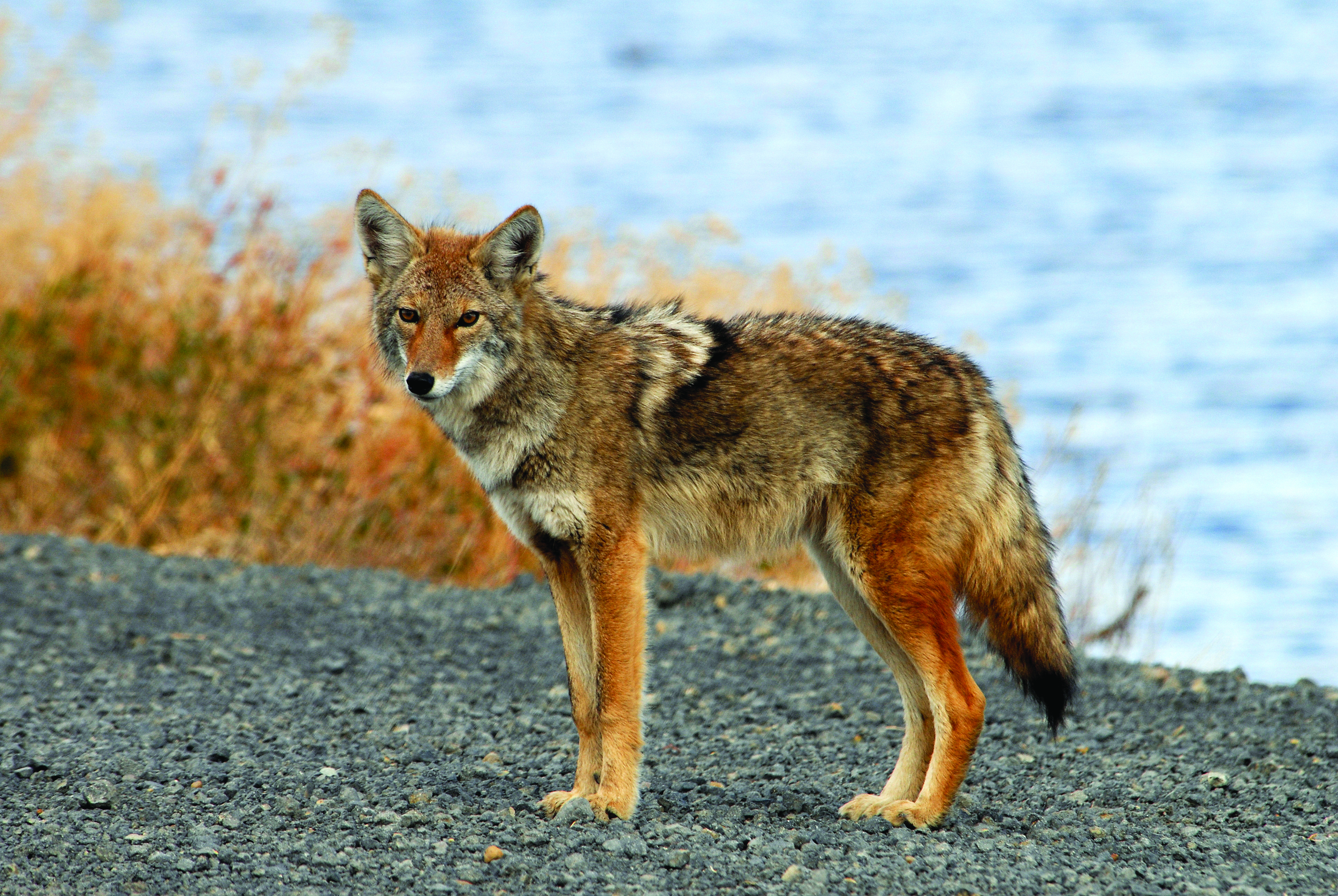
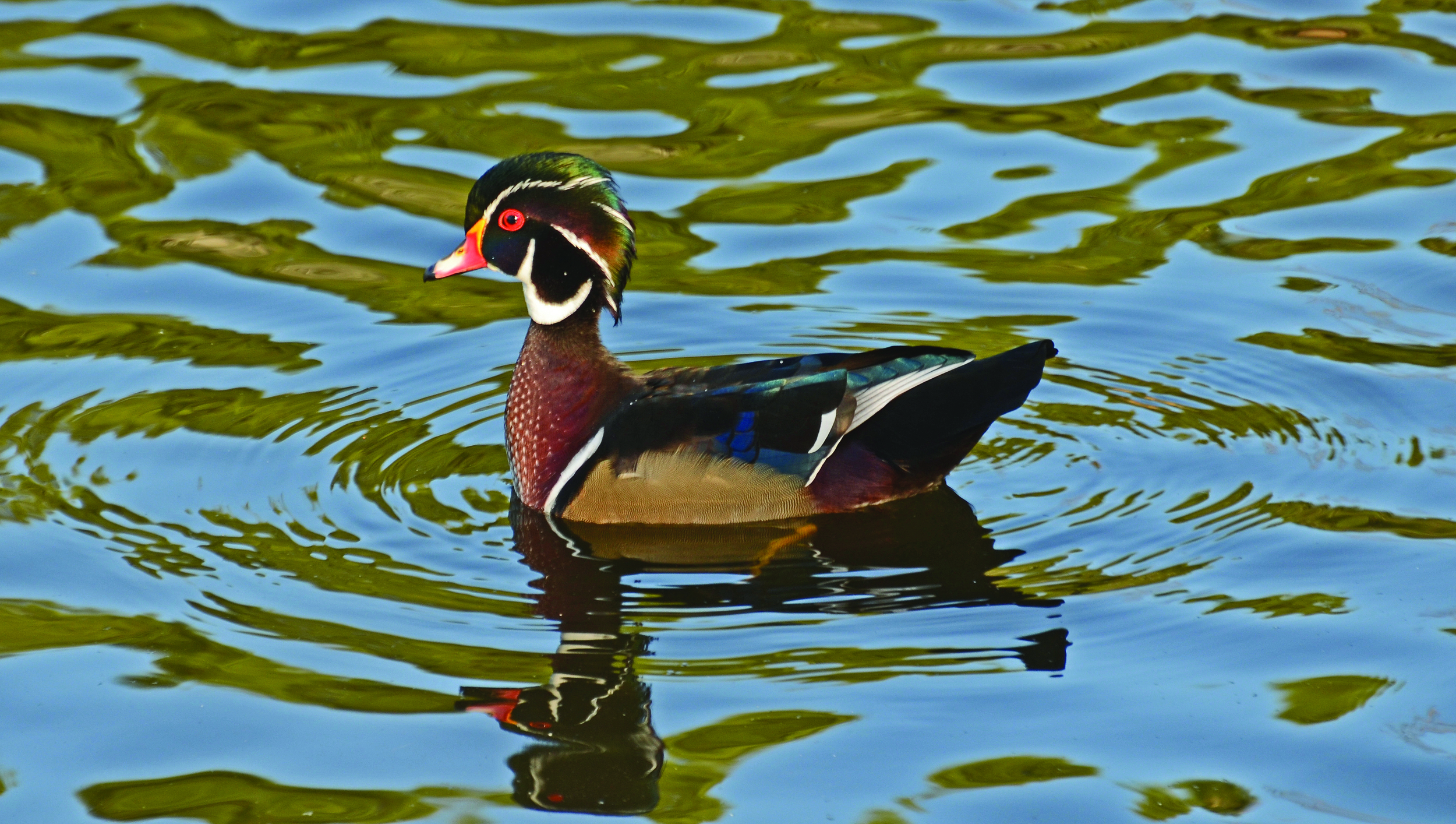

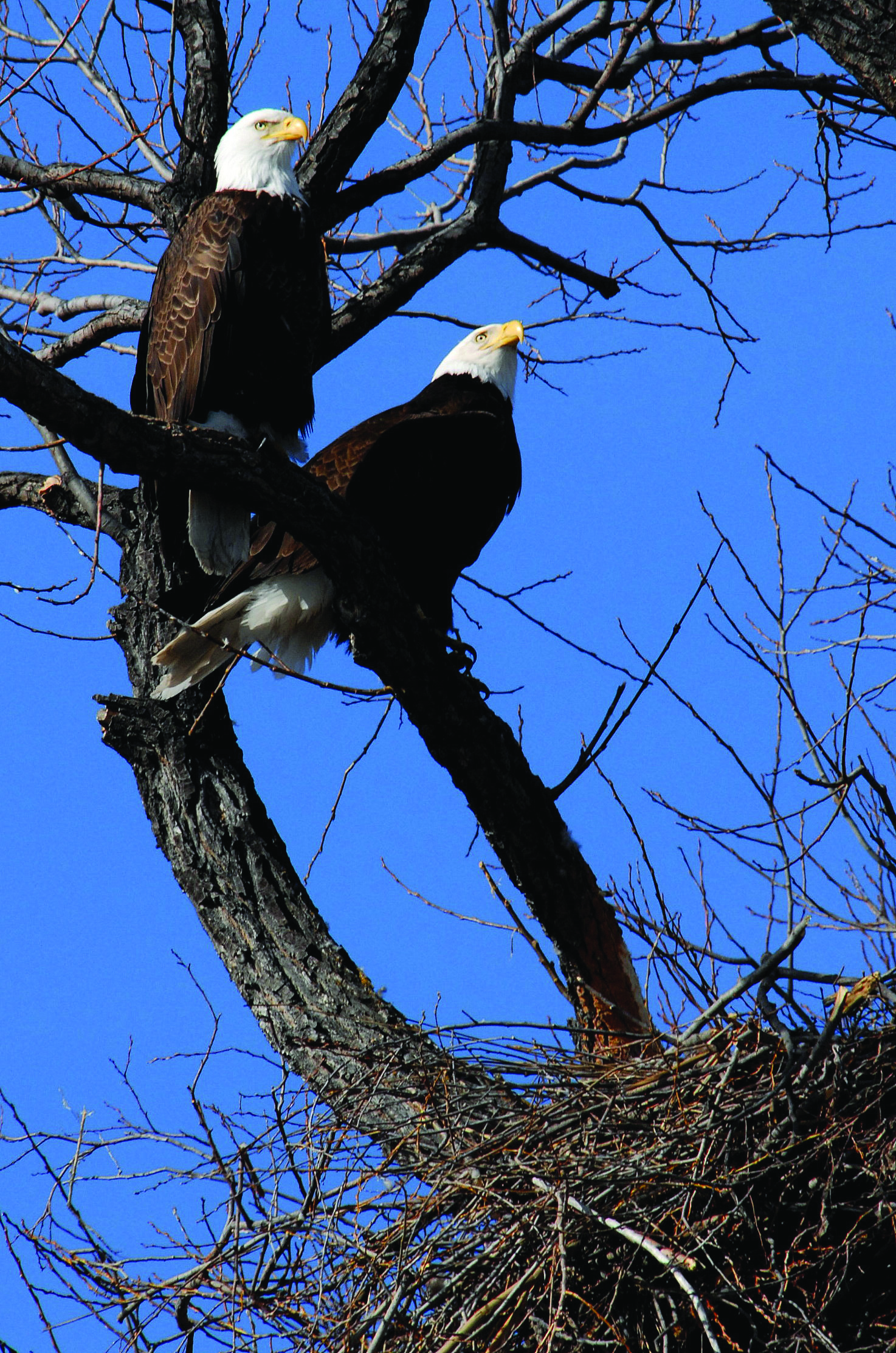


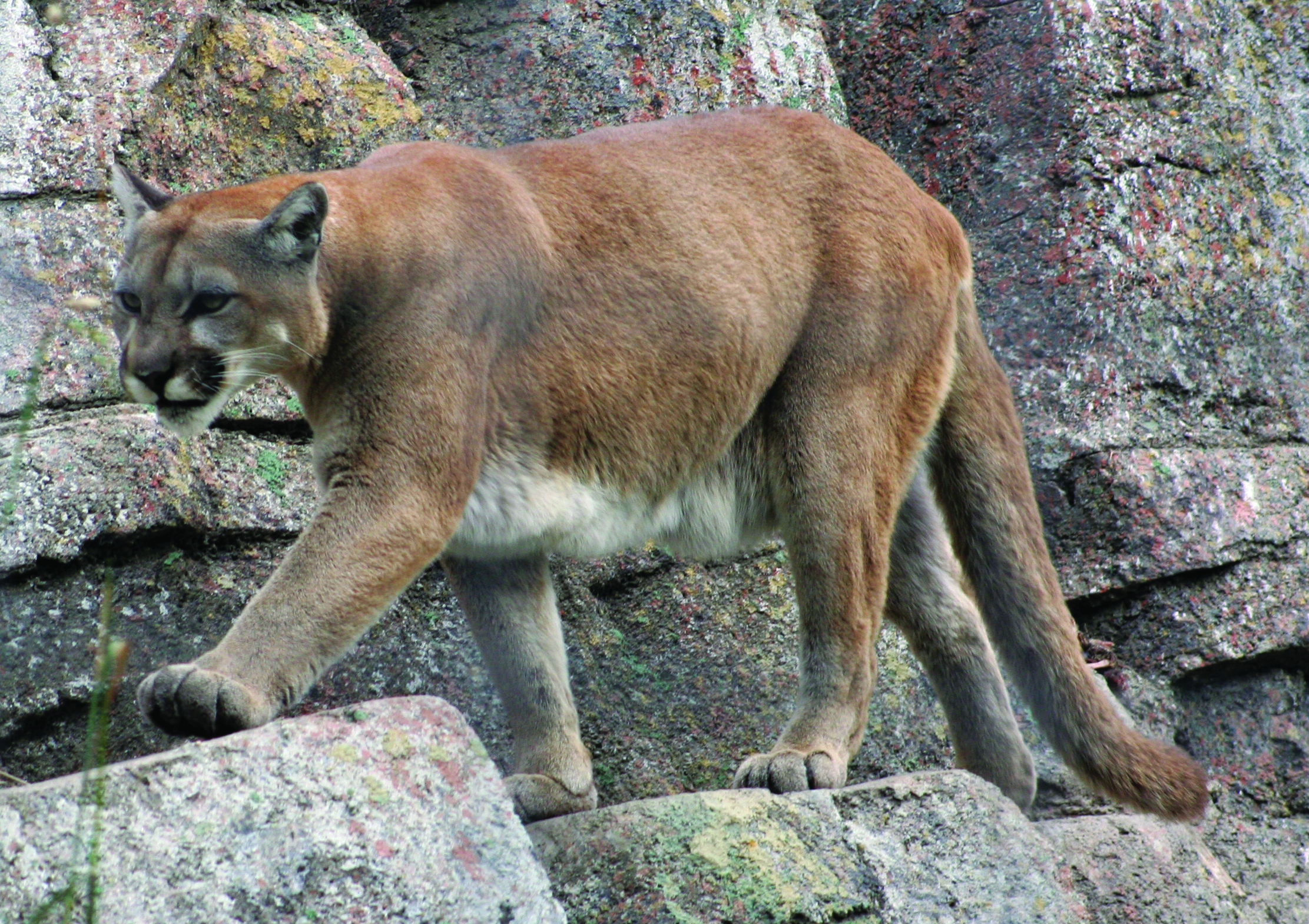
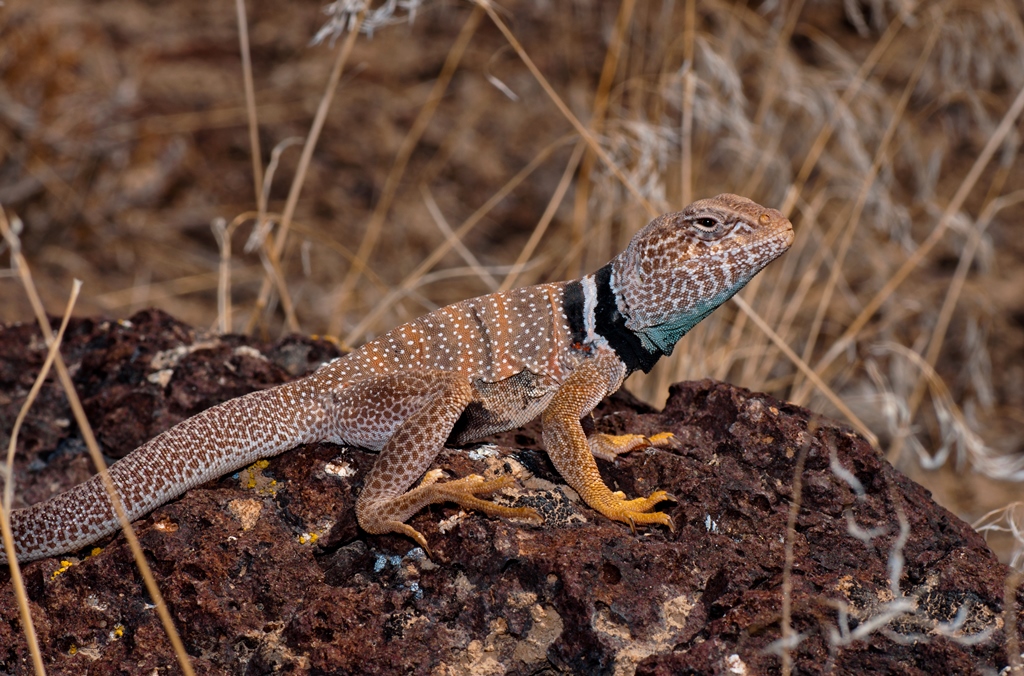
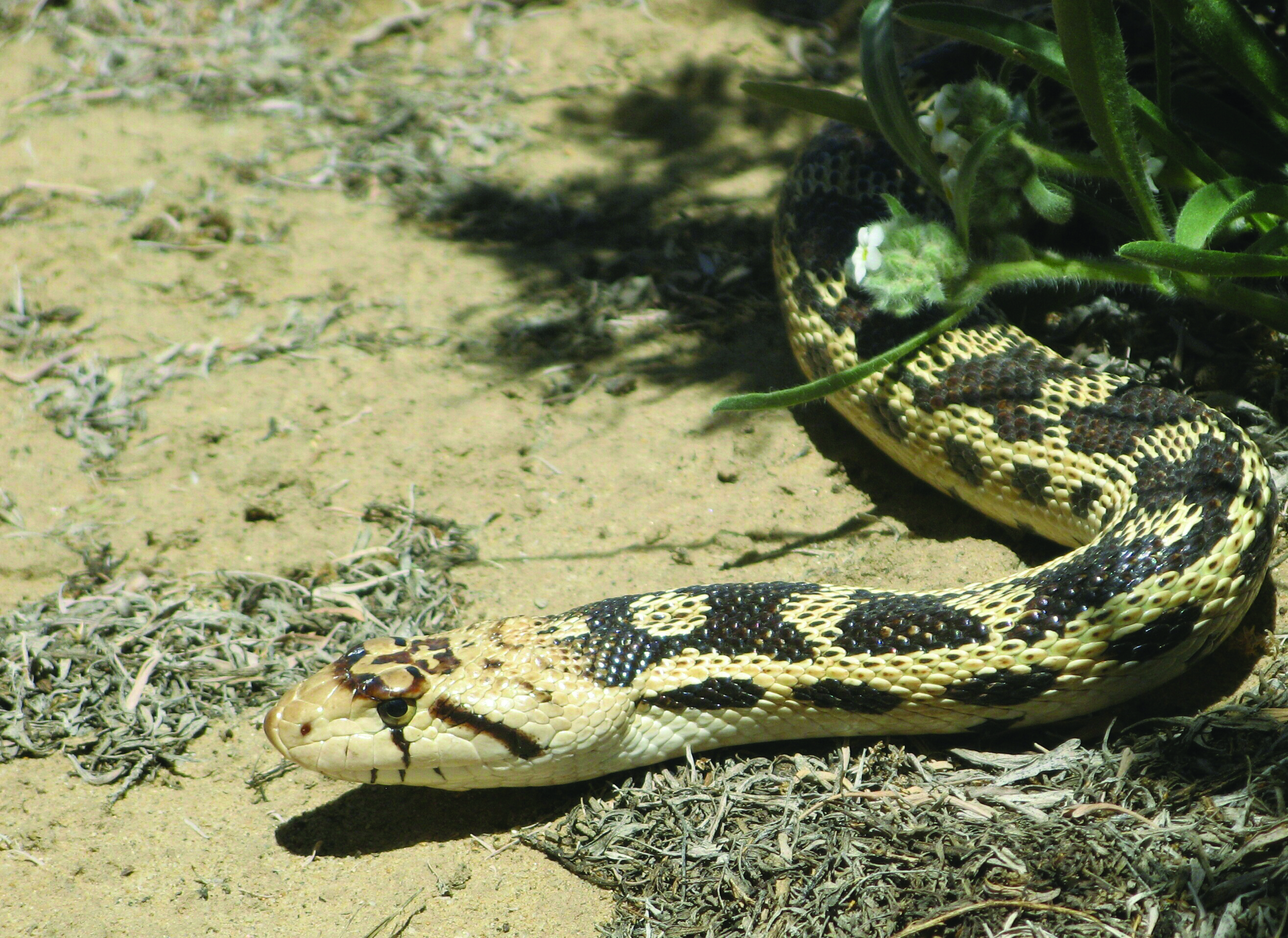
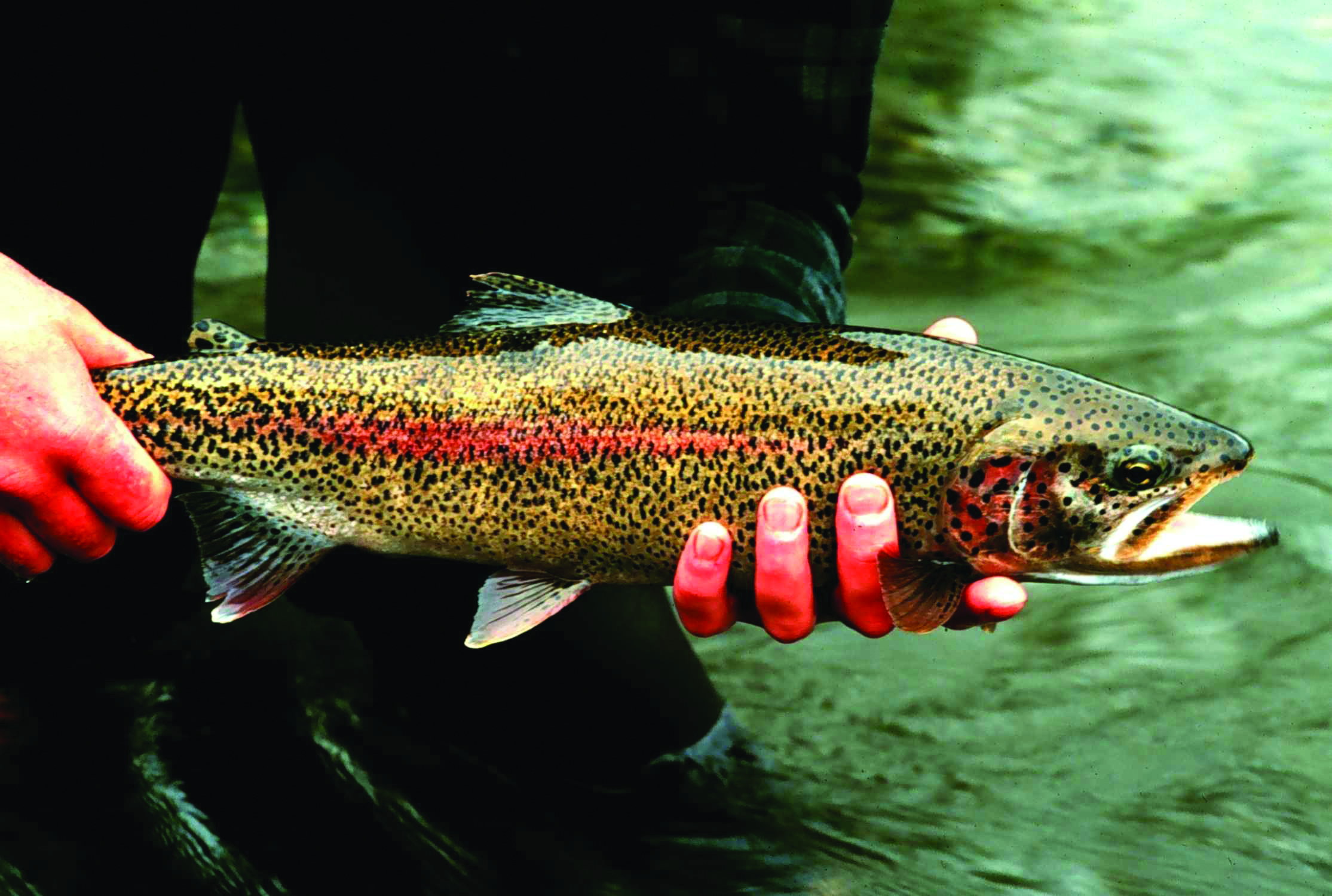
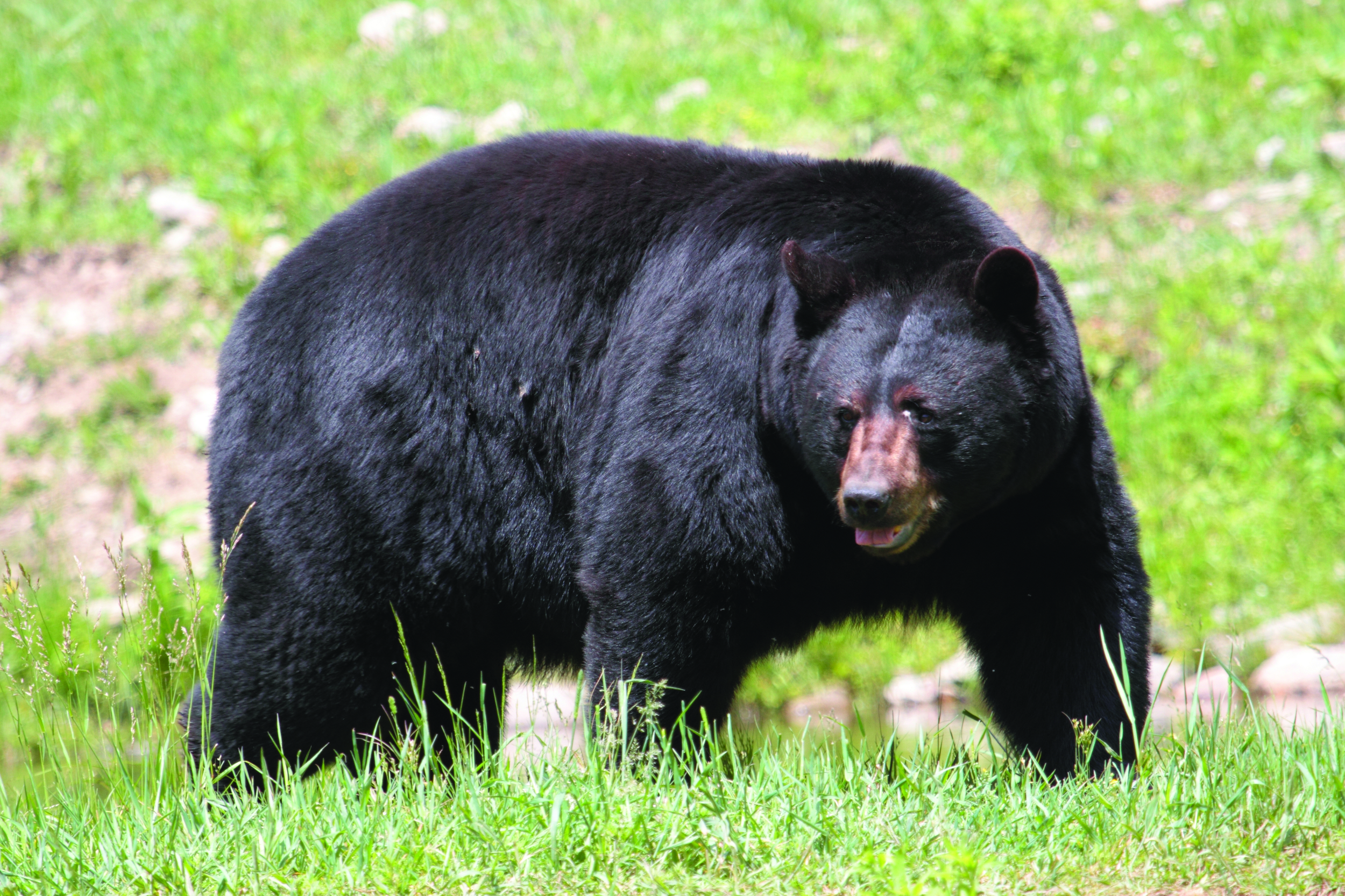
A few of the more common or readily encountered species are highlighted here
Fish
Native fish species include Tahoe and mountain suckers, mountain whitefish, speckled dace, redside shiners, and sculpin within the basin’s watershed. Nevada’s state fish, the Lahontan cutthroat trout, also occurs in the basin, though in significantly lower numbers than were historically present. Typically detected or caught non-native fish include salmonids such as brown and rainbow trout.
Mammals
Mountain lion, bobcat, black bear, kit fox, gray fox, coyote, raccoon, mule deer, pronghorn, American beaver, American badger, American mink, and striped skunk can all be found within the Walker Basin. Smaller mammals include rabbits, ground squirrels, kangaroo rats, other rodents, as well as various bat species.
Amphibians and Reptiles
Herpetofauna of the Walker Basin region represent assemblages typical of both the Sierra Nevada and the Great Basin. In wetter habitats amphibians such as Pacific treefrog and western toad can be common. In drier, upland scrublands the elusive Great Basin spadefoot spends most of its life underground, surfacing during rains to forage and breed in ephemeral desert pools.
Reptiles like western pond turtle and the common and western terrestrial garter snakes occur in wetter areas and riparian corridors. Other snakes present include the common kingsnake, gopher snake, striped whipsnake, coachwhip, and Great Basin rattlesnake.
Numerous lizards occur in more xeric landscapes amongst shrub communities such as Great Basin collared lizard, long-nosed leopard lizard, western whiptail, western fence lizard, sagebrush lizard, and desert horned lizard.
Birds
Many bird species utilize the properties and ranches within the basin for foraging, nesting sites, and necessary migratory corridors along their migration pathways between northern or southern latitudes.
A wide variety of raptors are found on the property, including red-tailed, Cooper’s, and Swainson’s hawks, peregrine falcon, merlin, American kestrel, bald eagles, among others. Upland and riparian habitats provide suitable cover and foraging for game birds like wild turkey, California quail, chukar, and a variety of waterfowl species. Many other birds utilize the river corridor to forage, such as egrets and herons, while the open waters of Walker Lake provide habitat for American white pelican, Clark’s grebe, and common loon. Whether breeding or passing through during spring and fall migration, numerous smaller birds occur in the basin’s different vegetation communities including downy woodpecker and belted kingfisher, as well as various songbird assemblages comprised of lazuli bunting, western tanager, Bullock’s oriole, and a number of flycatcher, sparrow, and warbler species.





